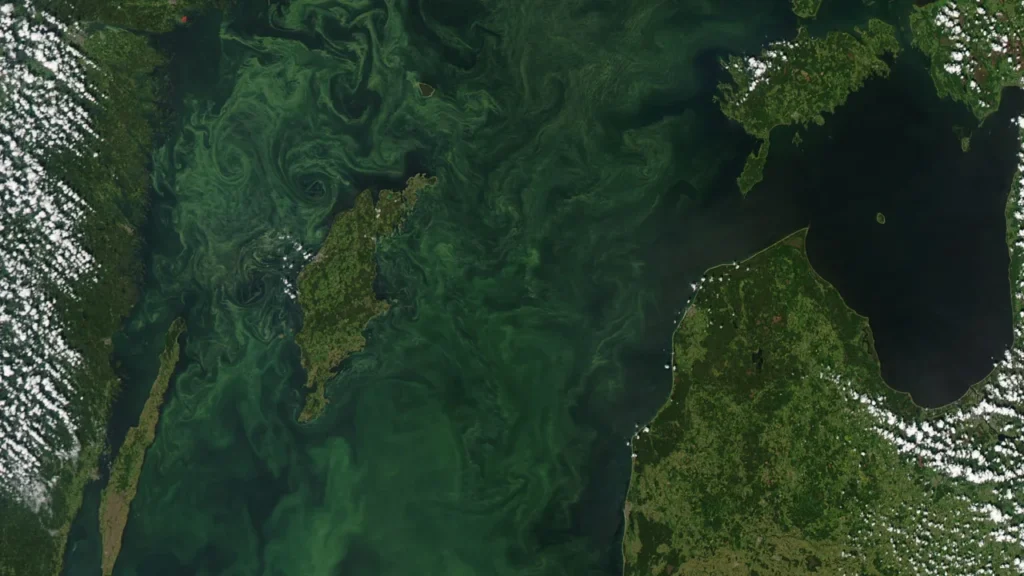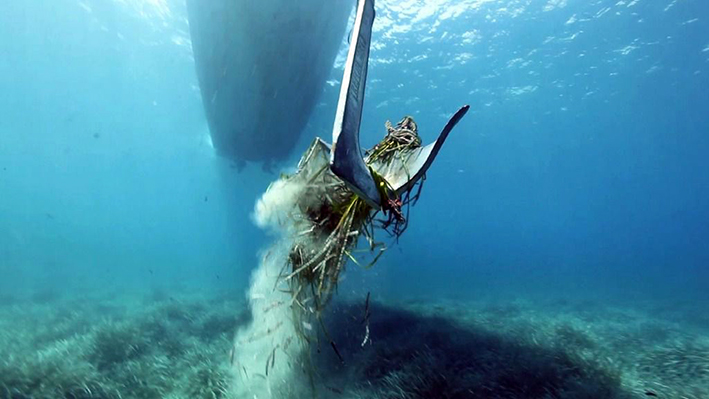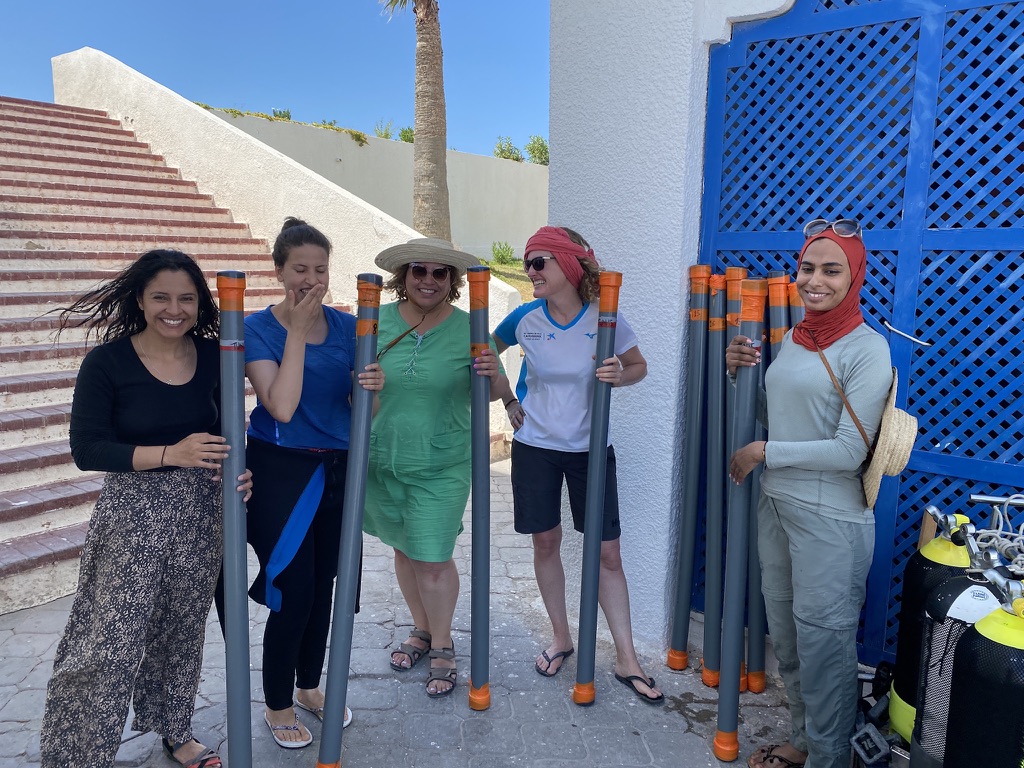Resumen
Unravelling the relative influence of climate and land-use change on nitrogen retention in Baltic Sea coastal sediments over the last 300 years.
Eutrophication is a major environmental threat to the Baltic Sea, which have resulted in widespread “dead bottoms”, ecosystem shifts and undesirable environmental states. As the coastal zone is a barrier for nutrient discharge from land, the coastal ecosystems play a crucial role in eutrophication mitigation. However, the Baltic Sea coastal habitats have, during the last 300 years, experienced increased pressure from climate change and continuous anthropogenic exploitation. The relative impact from climate- and land-use change on the nitrogen trapping and storage in coastal sediments is not known and their effects needs to be disentangled in order to make adequate management
and conservation decisions now and in the future. The overall aim of the project is, therefore, to separately assess the contribution from climate change (i.e. changes in precipitation) and land-use change on coastal sediment accumulation rates and nitrogen storage in shallow seagrass meadows (Zostera marina) and deeper unvegetated sediments, and predict future nitrogen storage capacity in relation to the separate and cumulative effects of these two environmental drivers.
I will test this by applying different palaeo-proxies, including stable isotopes, pollen data and X-ray fluorescence spectrometry, as well as analysis of historical precipitation data and cadastral maps. The information from the historical data reconstruction will be used for statistical modelling on future nitrogen storage capacity.
Detalles
Referencia: 21-PD2-0001
Fecha inicio: 01/01/2022
Fecha fin: 31/12/2023
Email contacto: mateo@ceab.csic.es, oserrano@ceab.csic.es, martin.
Fecha fin: 31/12/2023
Email contacto: mateo@ceab.csic.es, oserrano@ceab.csic.es, martin.
Miembros y colaboradores del proyecto
Martin Dahl (Suecia)
Miguel Ángel Mateo Mínguez (España)
Òscar Serrano (España)
Instituciones participantes y colaboradoras
Stockholm University
CSIC





